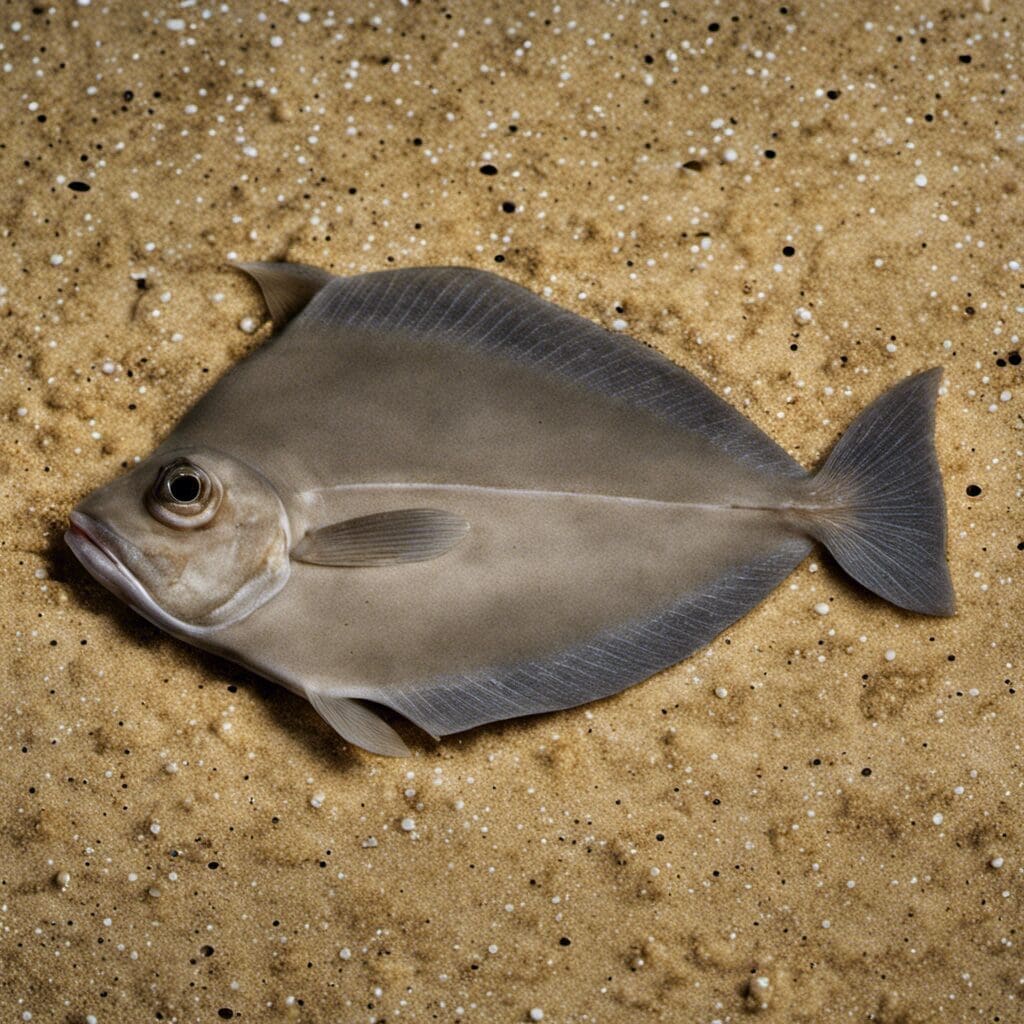Introduction
The Arrow-Tooth Flounder, scientifically known as Atheresthes stomias, is a part of the Pleuronectidae family frequently found in the Northern Pacific waters.
Conservation Status
As per The International Union for Conservation of Nature (IUCN) Red List, the Arrow-Tooth Flounder is classified under the Least Concern category, indicating it currently doesn’t face a significant threat of extinction.
Conservation Efforts
While precise conservation efforts targeting the Arrow-Tooth Flounder are not specified, it generally benefits from measures aiming to uphold sustainable fishing practices.
Statistics
| Average | Range | |
|---|---|---|
| Length | 60 cm | 36 – 83 cm |
| Weight | 1.5 kg | 0.5 – 3 kg |
| Average Lifespan | 12 years | – |
Distribution
Regions/Countries
Arrow-Tooth Flounders are commonly found in the Northern Pacific Ocean, especially along the coasts of Japan, Russia, Alaska, and California.
Migration Patterns
They mainly migrate along the coast to seek more favorable water temperatures and abundant food sources, typically moving deeper in winter and shallower in summer.
Habitats
These flounders favor temperate marine habitats. They dwell in depths ranging from 50-1000 meters and tolerate temperatures of 2°C-5°C.
When and Where to See
Seasonal Patterns
You can encounter Arrow-Tooth Flounders all year round, but they’re particularly plentiful in summer when they migrate to shallower waters.
Time of day
They are predominantly nocturnal creatures, especially active during late evening and night.
Best Fishing Locations
Top Spots
- Gulf of Alaska
- Bering Sea
- Aleutian Islands
- Sea of Okhotsk, Russia
- Coastal waters of Hokkaido, Japan
- Monterey Bay, California
How to Catch
Bottom fishing using hooks and lines baited with small fishes, squids, or crabs proves to be the most effective in catching this species. Early morning or late evening, particularly during summer, are the best times to catch them.
Identification Guide
Arrow-Tooth Flounders are distinguished by their unique arrow-shaped teeth, dark grey or brown back with white spots and a white belly. They bear resemblance to Kamchatka flounder but differ in the shape and size of their teeth.
Culinary
This flounder species provides massive fillets with tender flaky textures and mild flavors. It’s best cooked in butter or wine. Grilled, pan-fried, or baked, this versatile fish is packed with lean proteins, vitamins, and omega-3 fatty acids.
Additional Information
Behavior
Arrow tooth flounders are predatory by nature, feeding on small fishes, squids and crustaceans. They breed through external fertilization and spawn in deep waters.
Predators and Threats
The primary threats to Arrow-Tooth Flounders are large marine mammals like seals and sea lions, apart from humans who catch them for food and recreational purposes.
Cultural/Historical Significance
For centuries, Arrow-Tooth Flounder has been an essential part of coastal communities’ diets in its distribution range. Notably, it’s often represented in the traditional art and mythology of indigenous Alaskan tribes.
References and Further Reading
For more on Arrow-Tooth Flounder:
- FishBase
- Alaska Fisheries Science Center

